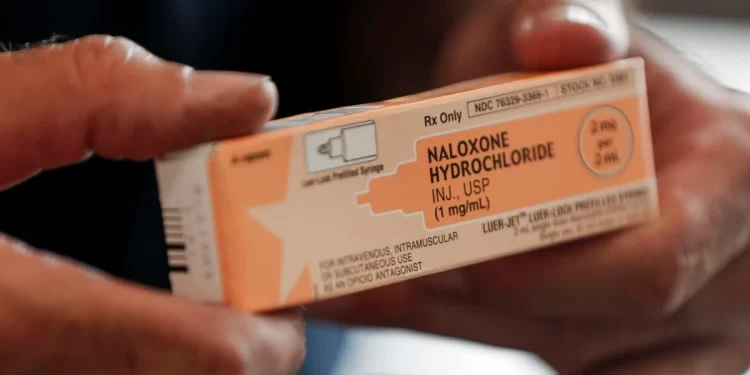By Anthony Hennen | The Center Square
(The Center Square) – The high number of drug overdose deaths in Pennsylvania have been rising, but state agencies provide data on them on a voluntary basis only. That might change with a new bill requiring law enforcement and emergency responders to update the state’s map of overdoses quickly.
SB1152 would require adding information on drug overdoses to a mapping system within 24 hours by first responders. Currently, the Pennsylvania State Police and some state agencies already do so on a voluntary basis, but the information is incomplete and not always timely.
“The opioid crisis continues to have a stranglehold in communities across our Commonwealth. COVID-19 lockdowns and the fallout that ensued have exacerbated the crisis,” Sen. Doug Mastriano, R-Chambersburg, and sponsor of bill, said in a legislative memo. “In 2020, overdose deaths increased by 14% compared to 2019 and 5,000 lives were tragically lost.”
Overdose deaths were as low as 2,700 in Pennsylvania in 2014, then jumped up to 5,400 in 2017 before the pandemic, according to the CDC.
“Following discussions with stakeholders and law enforcement, I discovered that PA was lagging behind other neighboring states when it comes to real time tracking of overdose incidents,” Mastriano’s memo says.
The state police could adopt a federal mapping system called ODMAP, a Pennsylvania system called ODIN, or another system as chosen by the state police, according to the proposed legislation. They would also be required to issue an annual report on overdose trends and patterns to county and local officials, along with the public.
Mastriano argued an up-to-date map would make it easier for law enforcement and emergency responders to limit overdoses.
“Accurately mapping overdoses within 24 hours of the incident will help save lives. County and local officials will have access to the real-time overdose data and can develop response plans when there is an overdose spike in the area,” Mastriano said. “A response plan could involve the coordination of public health, emergency management, first responders, community organizations, and health care providers with the goal of preventing and reducing the harm caused by overdose spikes.”
ODMAP is free to state agencies to use, and the bill encourages the state police to pursue federal funds for any start-up or continuing costs.




